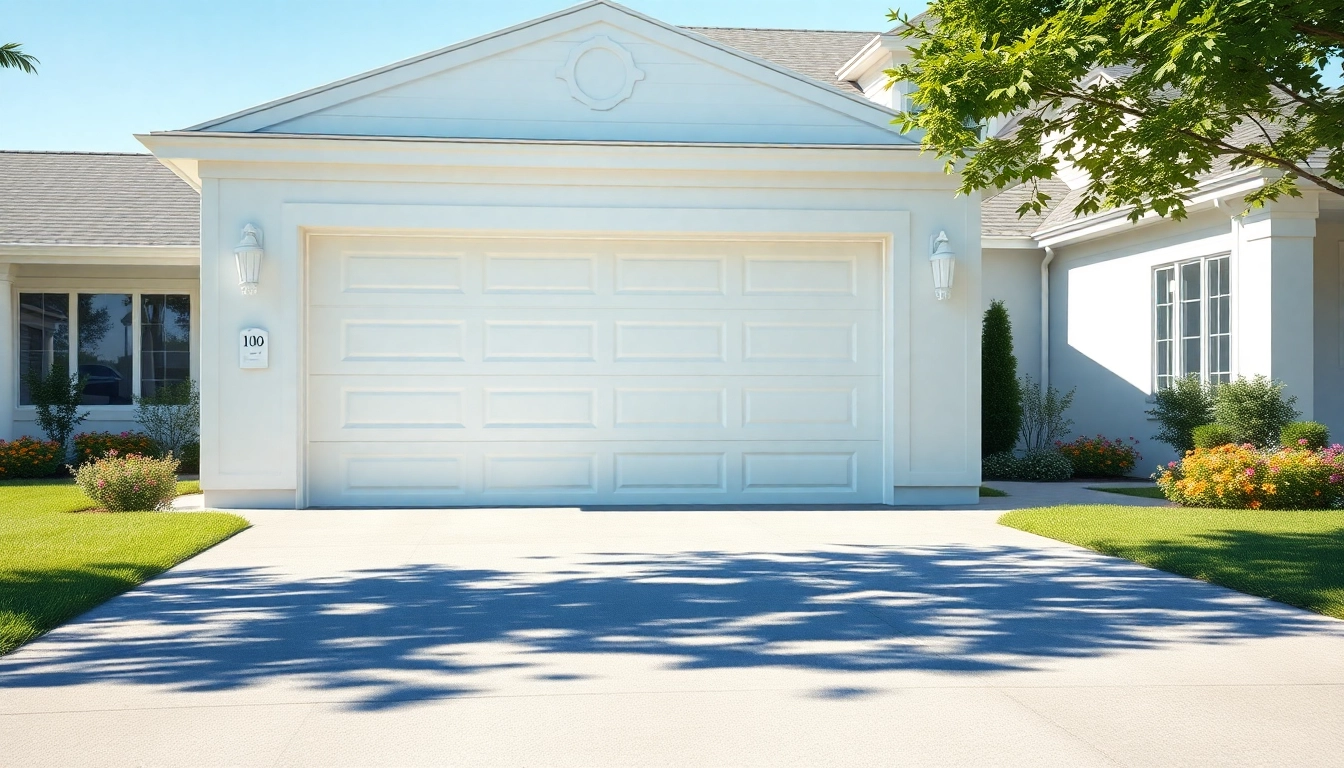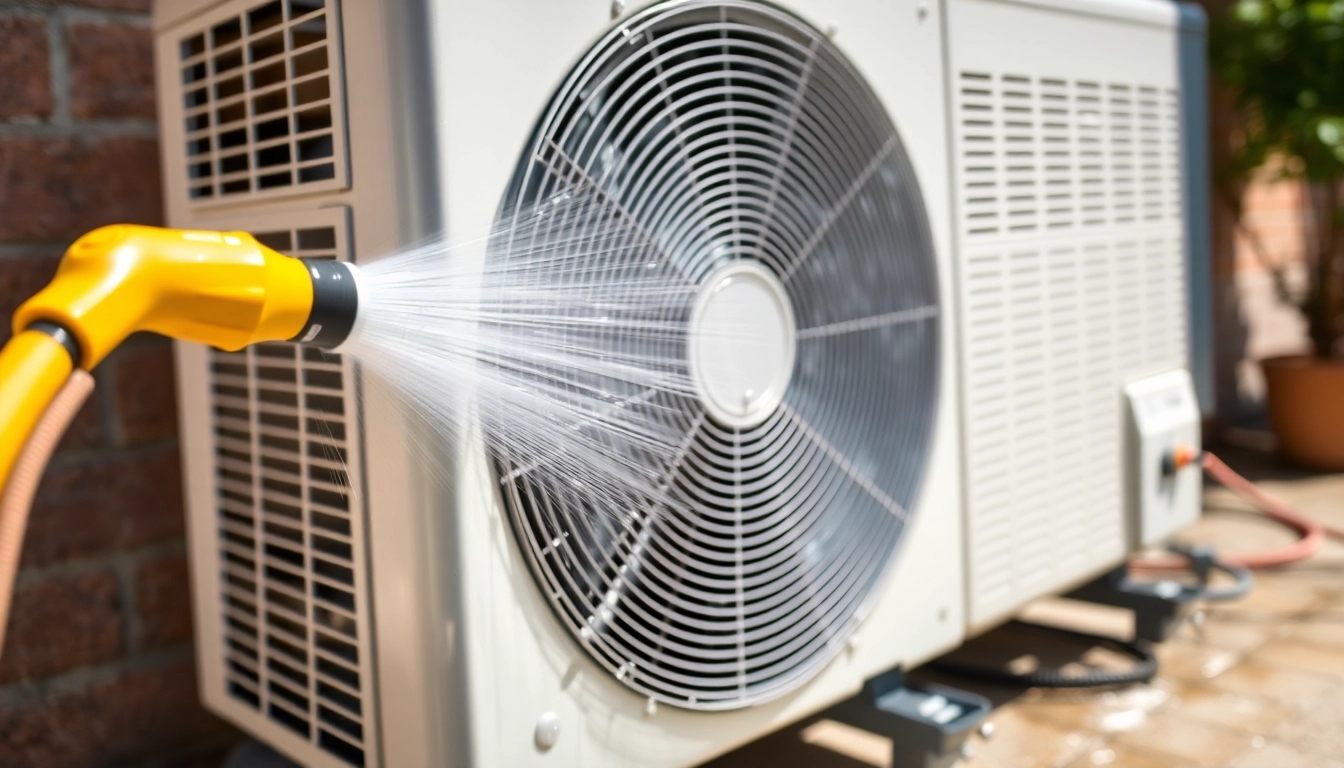Understanding Drywall Painting Basics
Painting drywall might seem like a straightforward task, but it requires careful consideration and technique to achieve professional results. From the initial stages of preparing your drywall to selecting the right tools and materials, each step is crucial to ensure a seamless finish. This guide will delve deep into the various aspects of drywall painting, equipping you with the knowledge you need for a successful DIY project.
What is Drywall Painting?
Drywall painting is the process of applying paint to drywall surfaces, which are often made from gypsum board. This type of wall covering is common in homes and commercial buildings due to its affordability and ease of installation. The painting process not only enhances the aesthetic appeal of a space but also serves to protect the drywall from wear and tear. Understanding the essentials of drywall painting is vital for ensuring that your walls not only look good but also maintain their integrity over time.
The Importance of Surface Preparation
Surface preparation is arguably the most critical step in drywall painting. Properly prepared surfaces promote better adhesion, provide a more uniform finish, and extend the lifespan of your paint job. This process involves cleaning, sanding, and priming the surface, which we will elaborate on later in this article.
Choosing the Right Tools for Drywall Painting
Having the appropriate tools at your disposal can significantly affect the outcome of your drywall painting project. Essential tools include:
- Paint Rollers: Ideal for covering large areas efficiently.
- Brushes: Useful for cutting in corners and around fixtures.
- Primer: Primers help to seal the surface, ensuring better paint adherence.
- Sandpaper: Used to smoothen the surface after joint compound application.
- Drop Cloths: Protect your floors and furniture from splatters.
Essential Steps for Painting Drywall
Cleaning and Preparing Your Drywall
Before applying any paint, cleanliness is crucial. Start by dusting off your drywall surface to eliminate any drywall dust or debris. You can use a damp cloth or sponge for this purpose. After cleaning, inspect the drywall for any imperfections such as dents, cracks, or holes. These should be filled with joint compound and sanded smooth for a flawless finish.
Priming for Perfect Coverage
Primer acts as a base coat and is essential for achieving even paint coverage. When painting over new drywall, using a high-quality drywall primer is necessary to seal the surface and ensure that the paint adheres properly. Apply the primer with a roller for large areas and a brush for corners and edges. Allow it to dry completely before moving on to the paint application.
Selecting the Best Paint for Drywall
The type of paint you choose will significantly impact both the look and durability of your finished walls. Most homeowners opt for either latex or acrylic paints due to their easy cleanup and durability. Additionally, selecting the appropriate sheen – flat, eggshell, satin, or semi-gloss – is essential based on the room’s function and desired aesthetic. Generally, flat finishes are best for ceilings while satin finishes work well in high-traffic areas.
Techniques to Achieve a Flawless Finish
Brush vs. Roller: When to Use Each
Both brushes and rollers serve specific functions in drywall painting. Rollers are best for quickly covering large areas, while brushes excel at detail work such as corners and edges. For a professional finish, it’s advisable to use both – rolling the main areas and brushing around trim, windows, and doors.
How to Apply Multiple Coats Properly
More often than not, two or three coats of paint are necessary to achieve a uniform look. Allow each coat to dry fully before applying the next. If you’re transitioning from a darker paint color to a lighter one, additional coats will help cover imperfections. Sand the surface lightly between coats for a smoother finish.
Common Mistakes to Avoid in Drywall Painting
Even experienced DIYers can make mistakes. Here are a few common errors to watch out for:
- Neglecting to use primer on new drywall, leading to uneven color and adhesion issues.
- Overloading your brush or roller with paint, resulting in drips and streaks.
- Painting in poor lighting, which can lead to missed spots and uneven coverage.
Post-Painting Maintenance and Care
Cleaning Your Brushes and Tools
After completing your drywall painting project, it’s essential to clean your tools properly to extend their lifespan. Use warm soapy water for latex paints and mineral spirits for oil-based paints. Simply rinsing your brushes and rollers can lead to clumpy paint and poor performance in future projects.
Assessing Your Work: What to Look For
Once the paint dries, take a careful look at your work. Check for any missed spots, runs, or uneven patches. If you notice any imperfections, don’t hesitate to touch them up with a brush. A close inspection will help you achieve the best final results.
Repairing Common Paint Issues
Should you discover imperfections, repairing them is usually straightforward. Use a sandpaper to smooth out any bumps, touch up with primer where necessary, and then reapply paint to those areas. For water stains or smoke exposure, consider using a stain-blocking primer before repainting.
Advanced Tips from Professional Painters
Innovative Techniques for Textured Finishes
If you’re looking to add some creativity to your drywall painting, consider using textured techniques. Methods like sponge painting or the use of a stippling brush can create unique patterns that add depth to your walls. For a more uniform texture, consider using a spray texture before applying the paint.
Using Specialty Paints for Unique Effects
In addition to traditional paints, specialty options such as chalkboard paints, magnetic paints, and glow-in-the-dark paints can inject personality into your space. These paints often require specific application techniques and may not always act like standard interior paints, so be sure to follow the manufacturer’s instructions carefully for the best results.
Time-Saving Tips for Large Projects
For larger drywall painting projects, efficiency is key. Consider these tips to save time:
- Invest in quality tools that will help you work faster.
- Use paint sprayers for larger areas, though they require more prep and cleanup.
- Enlist help from family or friends for faster work on bigger jobs.


